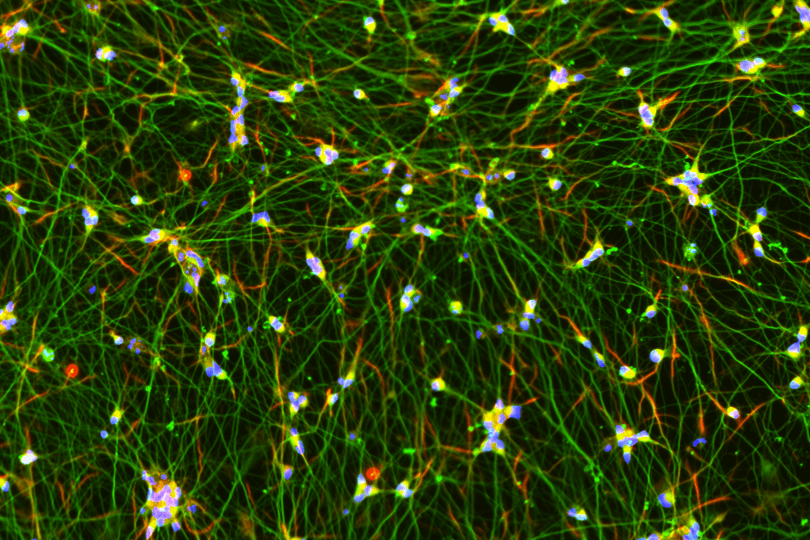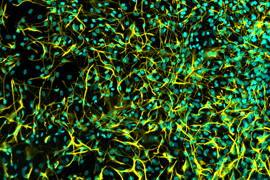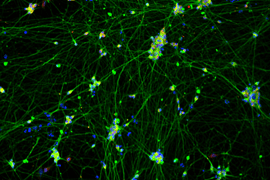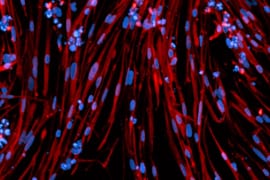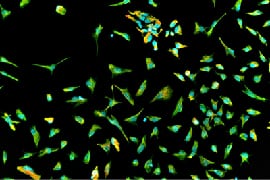An Indispensable Tool in Neurological Drug Discovery Using Human iPSC-Derived Neurons
Calcium Flux Assay
Calcium Flux Assay:
What is a Calcium Flux Assay with Human iPSC-Derived Neurons?
A Calcium Flux Assay is a potent in-vitro experimental tool utilized to quantify fluctuations in the concentrations of intracellular calcium ions (Ca2+). This tool is pivotal in studying the function of neurons derived from human Induced Pluripotent Stem Cells (iPSCs). The variations in intracellular calcium levels reflect neuronal activity, making calcium flux assays an ideal method for assessing the functionality of iPSC-derived neurons.
In the context of iPSC-derived neurons, calcium flux assays are employed to record changes in calcium concentration in response to varied stimuli such as neurotransmitters or drugs. These measurements offer insights into the physiological state and responses of neurons, providing a valuable perspective on neuronal functionality and network communication.
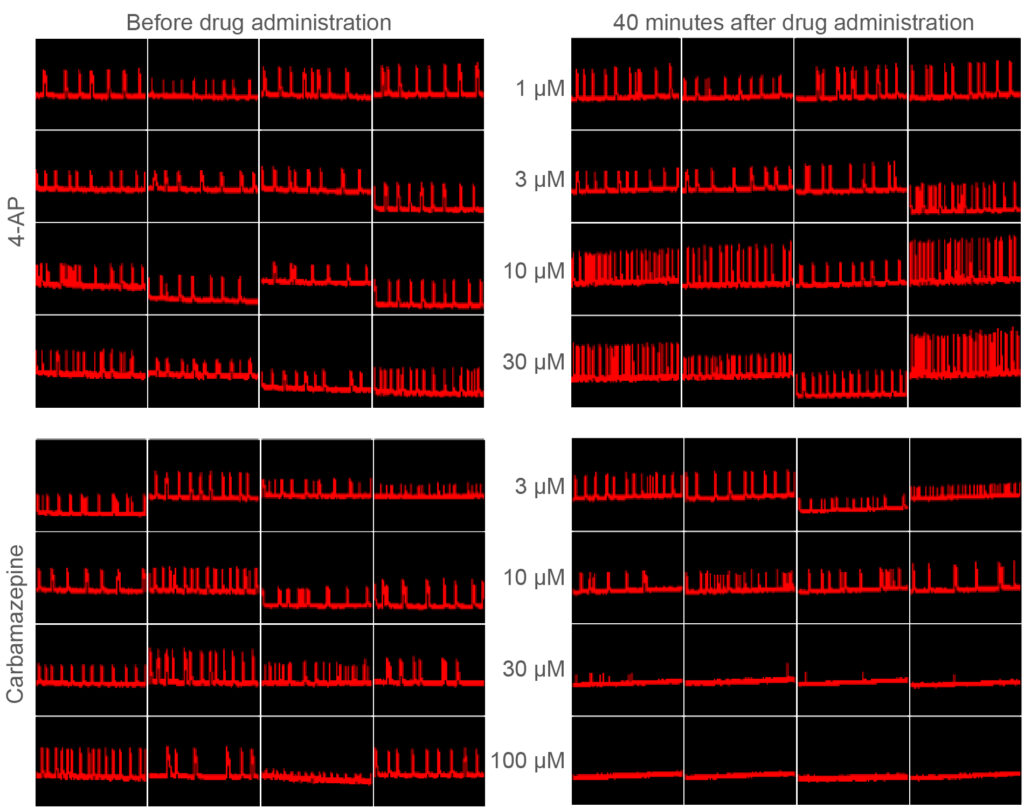
Examples of Ca2+-transient recordings.The effects of 1 ~ 30 µM of 4-Aminopyridine (4-AP) and 3 ~ 100 µM of Carbamazepine on hiPSC-derived neurons and human primary astrocytes cultured as 3D spheroids. The traces are at around 40 minutes after the drug administration.
Advantages Over Other Alternative Assays
Multielectrode Array:
While Multielectrode Arrays (MEAs) provide a platform to record the electrical activity of neurons, offering direct insights into neuronal function with a wide range of parameters compared to calcium flux assays, they require special plates embedded with electrodes and expertise in cell culture. Furthermore, the readout is largely contingent on the placement of the electrodes. In contrast, calcium flux assays are comparatively simpler and offer a global perspective of calcium changes in all observed cells, irrespective of their position, making them more versatile and compatible with high-throughput formats like 384/1,536 well plates.
High Content Imaging:
High content imaging systems are powerful tools providing rich datasets, including cell morphology and various cellular markers. However, they often require cellular engineering or antibody/dye validation along with complex data analysis. Conversely, calcium flux assays can be performed under well-standardized assay protocols using dye reagents and specialized equipment such as the Hamamatsu FDSS and Molecular Devices FLIPR. This approach makes calcium flux assays more accessible and cost-effective while still delivering meaningful data on neuronal activity.
Applications in Drug Discovery
Early Discovery:
During the early phases of drug discovery, calcium flux assays can be used to screen compound libraries to identify novel modulators of neuronal activity. They provide a rapid, efficient method to measure the functional responses of iPSC-derived neurons to various drug candidates, assisting in the selection of promising compounds for further development.
Safety Pharmacology:
In safety pharmacology, calcium flux assays can be employed to assess potential neurotoxic effects of new drug candidates. Changes in neuronal calcium homeostasis can indicate drug-induced neurotoxicity, making calcium flux assays a crucial tool in predicting the safety profile of new compounds. The use of human models at preclinical safety assessments can lead to the application of relatively higher doses in clinical trials with more confidence, as regulators often lower doses to humans based on animal testing. Currently, there are active global industry consortiums working to enable such preclinical studies to be part of the standard process.
How Elixirgen Scientific iPSC Differentiation Technology Could Help
Elixirgen Scientific offers robust and efficient iPSC differentiation technology, enabling the generation of high-quality iPSC-derived neurons at a faster turnaround through transcription factor-based rapid differentiation. When combined with calcium flux assays, this technology enables comprehensive assessments of neuronal function and drug responses in a high-throughput manner.
The utilization of iPSC-derived neurons in calcium flux assays ensures a physiologically relevant model, as these cells can more accurately recapitulate the genetic and functional characteristics of human neurons than traditional cell lines. This enhances the predictive power of the assay, making it a valuable tool in the drug discovery process.
Moreover, Elixirgen Scientific's swift and reliable iPSC differentiation technology provides a steady supply of high-quality neurons, ensuring consistent and reliable results across different experimental runs and batches.<
Elixirgen Scientific’s collaboration with Janssen Pharmaceuticals and Ricoh (Lu et. al., Cells 2023, 12(6): 958) revealed a very high 91% predictivity in a 2D culture method. This culture method broadens applications for profiling unknown compounds and using patient-iPSC-derived neurons. Please contact us for more information and to further discuss your requirements.

